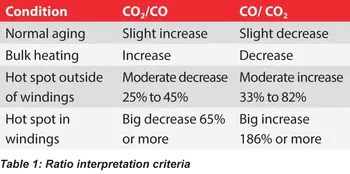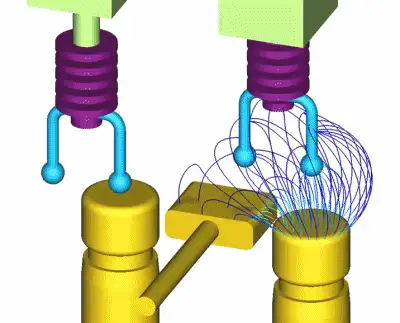Power Quality And Harmonics Explained
By John H. Waggoner, TEGG Corp.
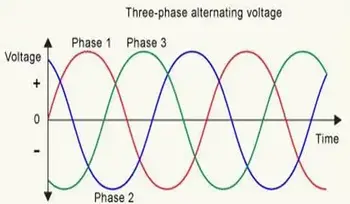
Power Quality Analysis Training
Our customized live online or in‑person group training can be delivered to your staff at your location.
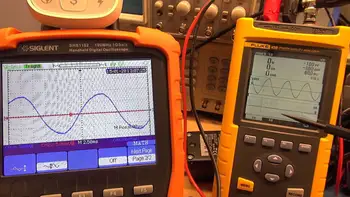
- Live Online
- 12 hours Instructor-led
- Group Training Available
Download Our OSHA 3075 Fact Sheet – Understanding Electrical Hazards in the Workplace
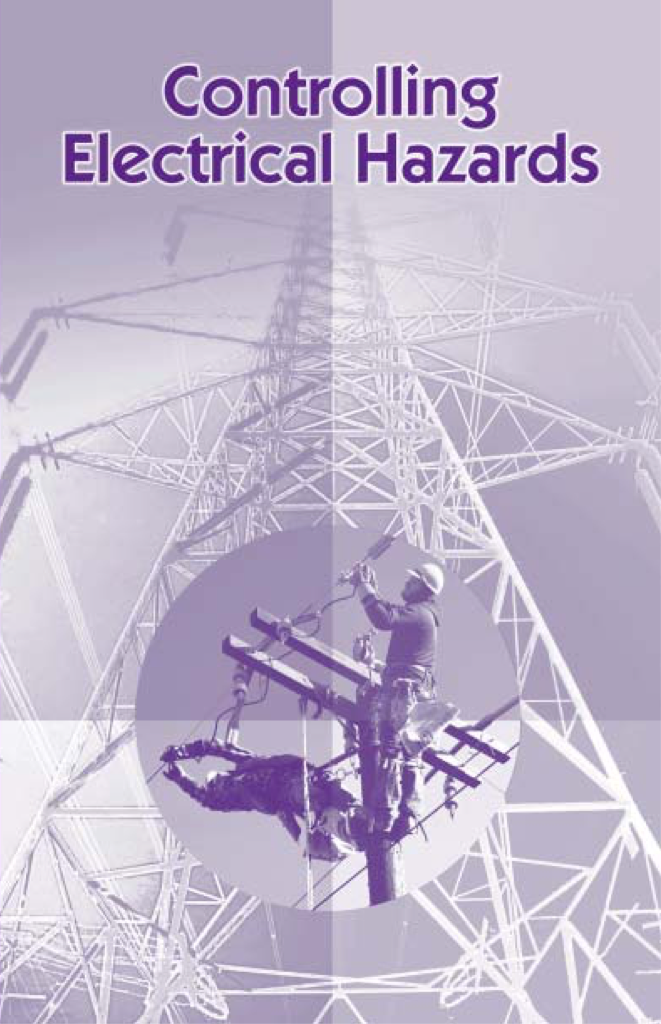
- Learn the effects of electric current on the human body
- Understand OSHA safety standards and protective devices
- Discover essential lockout/tagout and grounding practices
Power quality and harmonics affect voltage distortion, THD, power factor, and equipment reliability; nonlinear loads, waveform distortion, IEEE 519 compliance, harmonic filters, and active mitigation ensure grid stability, efficiency, and PQ analysis accuracy.
What Are Power Quality and Harmonics?
They describe voltage waveform integrity and harmonic distortion levels that impact power factor, losses, and compliance.
✅ Measure THD, voltage sags/swells, flicker, and unbalance per IEEE 519
✅ Mitigate with passive/active filters, reactors, and tuned capacitor banks
✅ Improve power factor, reduce losses, protect drives and transformers
More electronic equipment in the workplace raises the likelihood of potential interactions with the electric distribution system and requires a more sophisticated approach to preventing these interactions. Common power quality concerns, including voltage sags, swells, and surges, have led to the increased use of additional facility equipment, such as uninterruptible sources and battery-supported systems, to increase electrical reliability. In addition, signal interactions in sensitive equipment can be difficult to trace. Energy managers can engage in a number of practices that will improve overall power quality in a facility and reduce the interactions due to harmonic currents in the load devices. For foundational context, resources explaining what power quality is can help practitioners align terminology and expectations.
Power Quality Analysis Training
Request a Free Power Quality Training Quotation
Beyond formal courses, implementing continuous power quality monitoring provides data to validate improvements and prioritize corrective actions.
FACILITY POWER DISTURBANCES
Facility design requires the consideration of a variety of load-source interactions. The power quality consensus standards of the Institute of Electrical and Electronic Engineers (IEEE 1100-1999) can provide a basis for understanding these loadsource interactions. The four areas of load-source interactions are:
- Electrical wiring and grounding of a facility
- Surge (transient) protection system
- Harmonics proliferation demands
- Electrical power reliability
Together, these domains shape the quality of electricity that equipment ultimately experiences in day-to-day operation.
Sign Up for Electricity Forum’s Power Quality Newsletter
Stay informed with our FREE Power Quality Newsletter — get the latest news, breakthrough technologies, and expert insights, delivered straight to your inbox.
The electrical wiring and grounding of a facility includes the digital signal system and how it operates in the conventional wiring plan found in most facilities, as outlined by the National Electrical Code (NEC). The code provides for the safety of personnel and equipment, and specifically says that the equipment may not operate well (NEC 90-1.B); the NEC has no consensus for how to enhance operating integrity. The task is to find ways of turning electrical noise away from sensitive electronic devices and into the areas of the facility where the noise does no harm. The surge protection system includes power supplies, signal drivers, and receivers, which must be protected from high-speed surges traveling on the wiring. The IEEE C.62 standard describes a surge as a very fast occurrence of voltage to the system, which could come from a lightning strike, the operation of a lightning arrester, a utility switching operation, or even from energy moving in the earth. A clearer grasp of transient voltage events enables better coordination between grounding strategy and surge protective devices.
Since most of the printed circuits and chips used in modern electronic equipment cannot withstand more than eight to ten volts, lightning arresters and surge protection systems are needed. Many times, the main electrical service entrance is protected, but telephone, data, paging systems, fire detection, and other digital data systems must also be protected. Electronic loads also produce harmonics. Harmonics are different electrical sine wave frequencies that power supplies require of the electrical source, whether that source is the local utility, distributed generation units, or both. Solutions for electrical power reliability cause the remaining concerns. The term electric power reliability includes electrical continuity, not only the long-term continuing supply of electric energy, but also the behavior of the power system under fault and other short-term disturbances. These problems have always been resolved by purchasing a special power conditioner to make up for the power system's "deficiency". When symptoms persist, structured power quality troubleshooting can isolate sources and guide remediation.
HARMONIC CURRENTS AND VOLTAGES
Harmonics in power circuits are frequencies that are integer multiples of a fundamental frequency generated by non-linear electrical and electronic equipment. The fundamental line frequency (50 or 60 Hz) combines with the harmonic sine waves to form repetitive, non-sinusoidal distorted wave shapes. Total harmonic distortion (THD) is a measure of the amount of distortion produced as current flows from the power line. This line current can flow at the fundamental frequency (60 Hz in the U.S.) or it may be combined with odd harmonic currents (multiples of the fundamental) such as 180 Hz (3rd harmonic), 300 Hz (5th harmonic), and 420 Hz (7th harmonic). While different in origin, voltage flicker can coexist with harmonic distortion and affect end-user experience.
The THD value is the effective value of all the harmonic currents added together, compared with the value of the fundamental current. For example, 20% THD means that the total harmonic current is equal to 20% of the total 60-Hz current. Contemporary electronic loads have different current and voltage wave shapes. For example, the voltage may still appear to be a sine wave, but the current waveform appears peaked, as if "squeezed" together. Such loads contain what is called a "switching" power supply. These power supplies operate at very high switching speeds and are very energy-efficient, but demand that the current provided to them consist of an unusually high amount of 3rd harmonics. These power supplies actually "request" their power in "pulses", first keeping the power turned off at the beginning of the cycle, then turning on the pulse, and then turning off again at the end of the first half cycle. This pattern appears first in the positive half cycle, then in the negative half cycle, and repeats in the same manner as the original sine wave. Practical verification typically relies on a power quality analyzer to capture waveforms, quantify THD, and document corrective results.
Test Your Knowledge About Power Quality!
Think you know Power Quality? Take our quick, interactive quiz and test your knowledge in minutes.
- Instantly see your results and score
- Identify strengths and areas for improvement
- Challenge yourself on real-world electrical topics
From: Power Quality & UPS Handbook, Vol 11, The Electricity Forum






